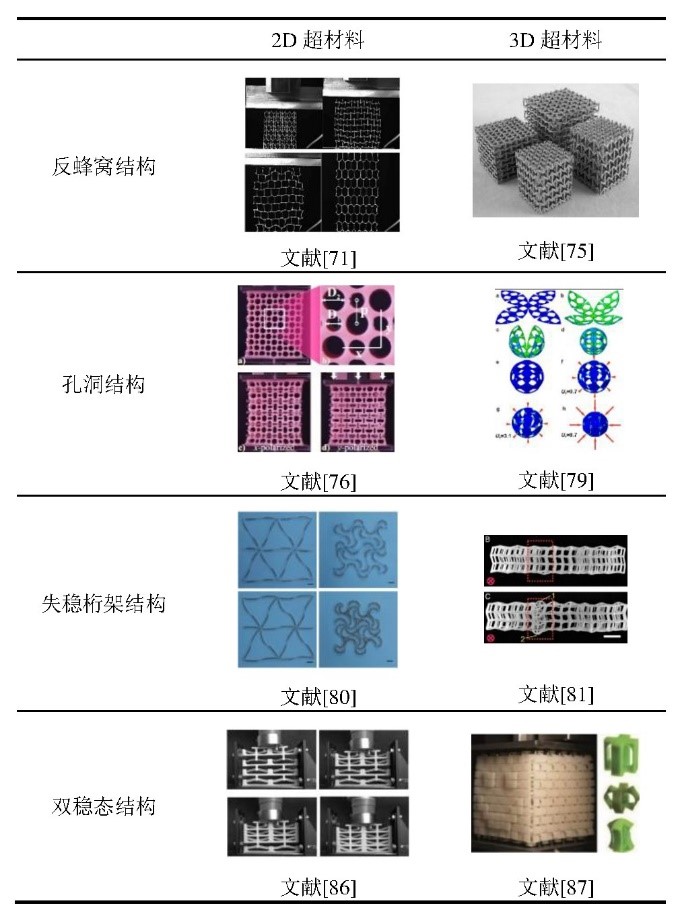Research
Team
Publications
News
|
New Publication: Review on Kinematic Metamaterials
From: Date: 2021-01-04 Metamaterials are man-made materials or structures whose internal constituents and topologies allow them to have unusual emergent properties which are not available among the conventional materials. Initially proposal of metamaterial started on the 2D negative-indexed electromagnetic metamaterials followed by the 3D metamaterials in the fields of optical, acoustic, mechanical engineering in last 100 years. The current research trend on metamaterial has entered a stage to incorporate the programmability where the properties can be adjustable through selection of design parameters, and tuneability, an ability for the material's properties to be tuned through deformation controlled by the embedded actuation or external stimuli. In order to satisfy the tuneability of metamaterials, more and more metamaterials with large deformability have appeared. These designs uses the folding deformation of the origami structure or the nonlinear deformation and instability of the two-dimensional or three-dimensional cell structure to obtain large deformations of the overall structure, and achieve qualitative and quantitative performance control in electromagnetic, mechanical and other metamaterials. Many of them have been proved to have a wide range of engineering application potential.
Two- and three-dimensional metamaterials constructed from topologically structured cytosolic elements
Recently, the research group of Prof. Yan Chen of the Department of Mechanical Engineering, Tianjin University, has briefly reviewed the state-of-art research, major challenge and future development about the design, functionality, manufacture of the metamaterials with large deformation, which hopefully could be able to provide an inspiring reference for programmability and tuneability of new generation metamaterials. Related paper was published on the Chinese Journal of Mechanical Engineering.
Chen Y. Review on Kinematic Metamaterials[J]. Chinese Journal of Mechanical Engineering, 2020, 56(19):2-13.
|
